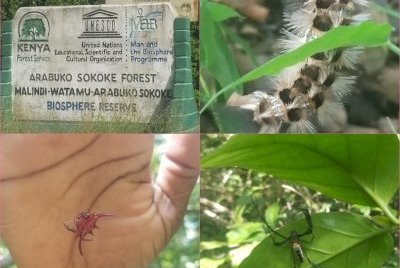Kenya
Coastal Forests of Kenya
Site Info
Official Information
- Full Name
- Coastal Forests of Kenya (Arabuko Sokoke Forest and Shimba Hills National Reserve) (ID: 6657)
- Country
- Kenya
- Status
-
On tentative list 2023
Site history
History of Coastal Forests of Kenya
- 2023: Added to Tentative List
- Added to tentative list
- Type
- Natural
- Criteria
Links
- UNESCO
- whc.unesco.org
All Links
UNESCO.org
- whc.unesco.org — whc.unesco.org
Community Information
- Community Category
- Natural landscape: Forest
Travel Information
Recent Connections
News
No news.
Community Reviews
Show full reviews
"Thin elephant red soil", the translation for Arabuko Sokoke Forest, is in my top 3 sites in all of Kenya, and Kenya has a lot of sites/parks!! Arabuko actually means nothing but was taken from a hunter's tribe language that came through and must have seen thin elephants. Red soil is the soil you will see in the park beyond the gate. I spent a full day here and I highly recommend you do the same. I did not visit the small Shima Hills as it was not my way.
The park opens at 6am and if you are interested in birds that's when you want to head in. Stay at the Mida Creek camps for quick access. There are freelance guides thay work from 6am to 5pm (wow!) and my guide Kalama had perfect English and French, birding and nature knowledge. The fee is also super low. The park costs almost nothing ($4 and car is free!) and depending on your time in the park you make a deal for the guide fees. I entered the northern gate by the way. This is one of the only parks not paid via eCitizen.
The best part in my opinion is the hike and it's just near the gate. You will generally walk through mixed, replanted and primal forest. As soon as we stepped around the corner we spotted the famous elephant shrew so that took care of one of the "mini 5" in the park (named after the …
Keep reading 0 comments